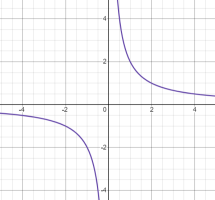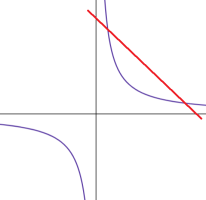lev888
Elite Member
- Joined
- Jan 16, 2018
- Messages
- 2,995
I am confused. Is the idea of things having similar attributes but not being the same new to you?You mean they belong to the same category but are nonidentical? I get that for your examples y=−x and y=−2x, but what about y=−x and yx=1 in my question?



